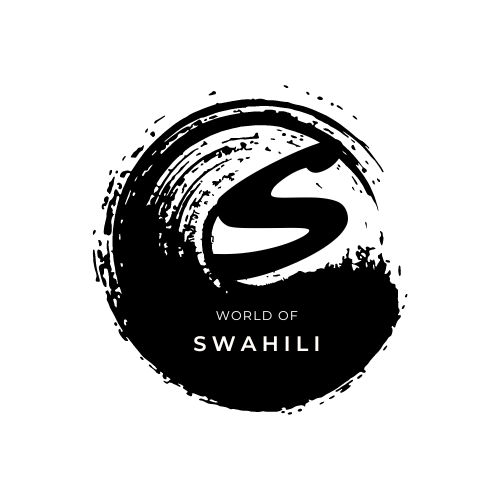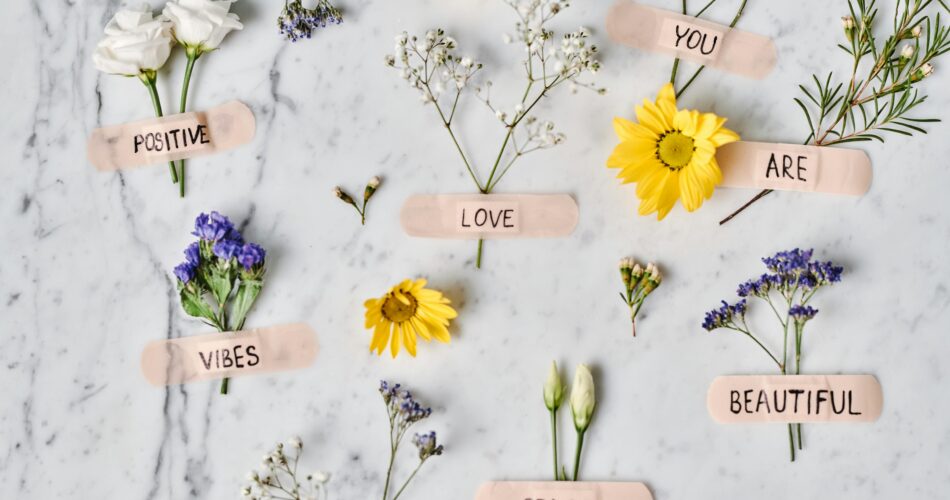Introduction: Understanding “Walaloo Afaan Oromoo Waa’ee Barumsaa”
Table of Contents
The concept of Walaloo Afaan Oromoo Waa’ee Barumsaa, or Oromo-language poetry about education, refers to poems composed in Afaan Oromoo that explore themes related to learning, knowledge, and the transformative power of education. In the Oromo culture, poetry is a valued form of artistic expression and a tool for conveying ideas, wisdom, and moral teachings. Through walaloo (poetry), authors articulate the importance of education as a pathway for both personal growth and societal advancement, stressing the values, responsibilities, and ideals associated with learning.
Walaloo afaan oromoo waa’ee barumsaa is a particularly impactful medium for discussing education and driving social change for several reasons. First, the oral nature of Oromo traditions makes poetry an accessible and relatable form of expression that resonates with a wide audience, transcending age and literacy levels. walaloo afaan oromoo waa’ee barumsaa are often performed or recited in gatherings, making them communal experiences that foster collective reflection and dialogue. This communal aspect allows for the poetry to carry powerful messages about the role of education in empowering individuals, promoting critical thinking, and encouraging the pursuit of knowledge as a means to uplift communities.
Moreover, the unique cultural perspectives embedded in walaloo afaan oromoo waa’ee barumsaa can challenge norms, inspire change, and convey the intrinsic value of education within the context of Oromo values. By addressing topics such as access to education, the need for cultural preservation within education, and the societal benefits of an educated populace, walaloo afaan oromoo waa’ee barumsaacontributes to a broader conversation about progress and the role of knowledge in fostering equality and understanding. Through metaphor, rhythm, and cultural symbolism, Walaloo Afaan Oromoo Waa’ee Barumsaa has the potential not only to advocate for education but to deepen the appreciation for it within the Oromo society, making it a powerful tool for both artistic and societal transformation.

Analyzing Examples of “Walaloo Afaan Oromoo Waa’ee Barumsaa”
In Walaloo Afaan Oromoo Waa’ee Barumsaa (Oromo-language poetry about education), poets use language, rhythm, and metaphor to express the value of learning and to inspire the Oromo community to invest in education as a tool for empowerment. Below are a few representative examples of this type of poetry, along with an analysis of their messages and impact.
1. Example Poem: “Barnoota Barnoota” (Education, Education)
Key Lines:
“Barnoonni ifa, dukkana keessaa baasa,
Irbuu barattootaa, as birra haammata.
Barnoonni qaroomina, jireenyaaf boonsa,
Bara baraan dhaloota, geessanii guddifta.”
Translation:
“Education is light, it brings you out of darkness,
The promise of students, it embraces you here.
Education is wisdom, it brings pride to life,
Year after year, it guides generations to growth.”
Analysis:
In this walaloo afaan oromoo waa’ee barumsaa, education is portrayed as “light,” symbolizing knowledge that removes the darkness of ignorance. The poem speaks to the transformative power of education, describing it as something that guides and lifts generations. By using metaphors of light and growth, the poet appeals to both youth and adults, inspiring them to see education not just as a personal goal but as a communal promise. The imagery of “light” resonates with the Oromo audience, many of whom value community knowledge-sharing traditions and aspire to be enlightened individuals who can contribute positively to society.
The walaloo afaan oromoo waa’ee barumsaa emphasis on education as “pride” and “wisdom” speaks to the deep respect in Oromo culture for knowledge and teachers. This reinforces education’s role as a means for empowerment and instills pride, motivating young people to embrace learning as a pathway to respect and honor within the community.
2. Example Poem: “Hojii Waloo” (Working Together)
Key Lines:
“Barataan yaalii jabaa gochuu qaba,
Hin galu; ka’ee carraaqqii itti fufa.
Qabsoon barumsaaf godhamu milkii,
Waan barbaannu hundumaa nuu argamsiisa.”
Translation:
“A student must work hard and strive,
Do not give up; rise and keep trying.
The struggle for learning brings success,
And grants us everything we desire.”
Analysis:
This walaloo afaan oromoo waa’ee barumsaa captures the theme of perseverance, urging students to stay committed and diligent in their pursuit of knowledge. The phrase “do not give up” is a direct call to action for students who may face challenges or obstacles on their educational journey. The poet conveys that the collective effort (Hojii Waloo) and personal resilience in learning ultimately lead to “milkii” (success).
The walaloo afaan oromoo waa’ee barumsaa is especially inspiring for Oromo youth, as it aligns with the Oromo cultural value of hard work, known as murannoo, or resilience. By highlighting the success that comes from the “struggle” of education, the poet inspires young readers to see the pursuit of education as a worthwhile journey. This resilience-driven narrative also encourages parents and adults to support youth in their studies, recognizing education as a means of achieving shared goals for prosperity.

3. Example Poem: “Beekumsaafi Aadaa” (Knowledge and Culture)
Key Lines:
“Barumsi keenya aadaa keenya lammataa,
Afaanuma keenyaan baratanii guddatan.
Beekumsi yeroo mara safuu daangaa qaba,
Akka aadaa keenyaa yaadanii sirna qabna.”
Translation:
“Our education is our culture, our foundation,
They grow up learning in our own language.
Knowledge has boundaries and respect always,
In our culture, we remember and maintain order.”
Analysis:
This walaloo afaan oromoo waa’ee barumsaa connects the value of education with cultural preservation, emphasizing that true knowledge includes respect for boundaries (safuu) and the maintenance of Oromo cultural identity. The poet’s insistence on learning through one’s “own language” speaks to the pride in Afaan Oromoo as a vital medium of education and cultural expression. This message is powerful, particularly in multilingual societies, as it asserts that education in one’s native language can strengthen community identity and pride.
For Oromo youth, the walaloo afaan oromoo waa’ee barumsaa reinforces the notion that education is not just a Western or modern pursuit but a continuation of their cultural heritage. Adults, too, are encouraged to value education that respects and includes traditional knowledge, bridging the gap between modern learning and indigenous wisdom. This message resonates well with those working to preserve and pass on Oromo cultural values, inspiring a balanced view of education as both transformative and preserving.
4. Example Poem: “Qabsoo Barnootaa” (The Struggle for Education)
Key Lines:
“Dukkana keessaa ifni akka ba’u,
Akka dhaloonni gabbatuu fi guddatu,
Irree wal taanee kaanee baranna,
Barnoonni keenya akka nu eebbifatu.”
Translation:
“So that light emerges from darkness,
So that generations grow and flourish,
Let us unite and rise to learn,
May our education be our blessing.”
Analysis:
This walaloo afaan oromoo waa’ee barumsaa call to “unite and rise to learn” addresses education as a communal mission and reflects a collective effort to uplift generations. The imagery of light emerging from darkness is symbolic of overcoming obstacles such as illiteracy, poverty, and societal challenges through education. The poet further expresses a wish for education to be a “blessing” (eebbifatu), underscoring that education is seen as a valued treasure.
The theme of unity in education resonates deeply with Oromo youth and adults alike, as it encourages a shared responsibility. By emphasizing collective growth, this poem reinforces the idea that when one person learns, the whole community benefits, inspiring parents, teachers, and youth to work together to make education accessible and effective.
These examples of Walaloo Afaan Oromoo Waa’ee Barumsaa reveal how poetry can celebrate education, underscore the values of perseverance, cultural pride, and unity, and inspire the Oromo community to view learning as an essential part of growth and progress. Through relatable language and cultural symbolism, these poems continue to motivate and guide both young people and adults in the pursuit of knowledge and the betterment of society.




